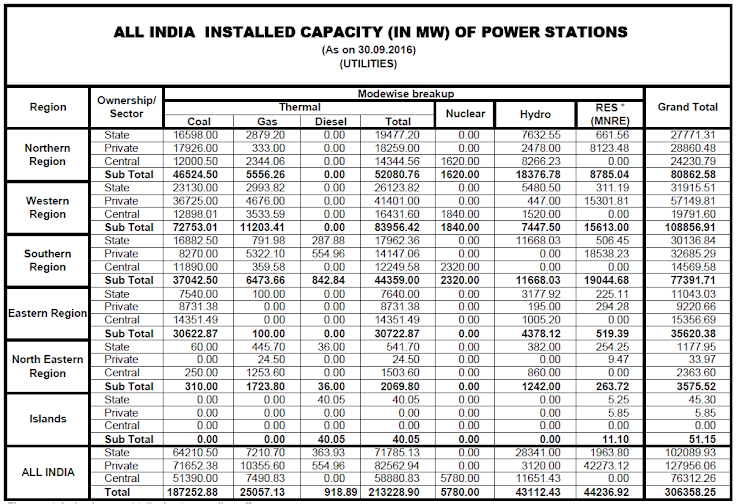Merchant power tariff has gone up 72 per cent since late March after declining to Rs 3.39 per unit in February 2010 and is expected to go up further through the April-June period.
When a power plant sells electricity at market determined prices through an exchange or a bilateral arrangement without any long-term power purchase agreement (PPA) it is called merchant power. Merchant power tariff thus depends on the demand and supply of energy. Mainly private sector power producers adopt this route.
“Merchant power tariff has surged since March as summer set in across the country. Historically, the summer months (March-June) witness heavy demand from both domestic and industrial segments. Distribution utilities attempt to procure power outside their PPA contracts at higher prices to meet the increased demand and this pushes up the price of merchant power,” said a research report of Angel Broking
“But apart from the increased demand, generation at hydroelectric plants has also been low this year because of poor monsoons. This has also resulted in the swing in rates. The merchant rates are at their highest levels since August 2009, and have touched day-high rates of Rs 13.5 per unit,” said an analyst with Credit Suisse.
“Though the tariff is picking up, I suspect whether it will go beyond last year’s levels, because last year we had elections and other things and, therefore, the demand was much more than what it would be this year,” said T.N Thakur, chairman and managing director of PTC India Ltd (erstwhile Power Trading Corporation).
“Also, at such high tariff, the state electricity boards will be reluctant to buy merchant power unless they have no other option. So, I don’t think that the price will go up to last year’s levels,” he added. In June 2009, merchant power tariff went up to the level of Rs 12.50 per unit.
Meanwhile, the Central Electricity Regulatory Commission (CERC) has revised the margin for power trading companies to 7 paise for a sale price of Rs 3 per unit. The margin was 4 paise earlier.According to another broking firm Enam Securities, new power projects of 62 giga watts will come up between 2011 and 2014. Of this, 13.3gw will come from merchant power projects.
“We expect merchant power tariffs to rise over the next couple of months as the deficit worsens on rising power demand, led by the summer season and the agricultural load in the northern region,” said an analyst with Credit Suisse. However, the brokerage firm expects merchant tariff to remain low on a year-on-year basis.Since August 2009, CERC has been enacting policies for the development of merchant exchanges and bilateral short-term power trades. The intent of the regulator is to shift volumes from the unscheduled interchange (UI) route, which accounts for 40 per cent of short-term trading volumes to power exchanges, bilateral contracts and long-term agreements. The regulator is considering an increase in the UI rates and imposition of additional surcharge.
The regulator is also expected to notify a new transmission pricing policy soon.
The regulation is aimed at changing the mechanism for allocating transmission charges and losses among users of the national transmission grid. Currently, all the grid users within a region pay a uniform transmission charge and share transmission losses. This system is not sensitive to the distance and the frequency at which the electricity is transmitted. The regulator has proposed a new mechanism under which the transmission charges and losses among the grid users are allocated based on the actual utilisation of the network by each user, taking into account the physical distance of power transmission and peak and off-peak hours of a day or season. CERC expects the new system to be implemented after five months from its notification under the new regulations. The new regulations are expected to be notified by the end of April 2010. These will all help merchant power trading through exchanges as well as bilateral agreements increase over time.
 The state-owned power major NTPC on Wednesday said it will invest about Rs 40,000 crore for setting up three coal-based projects in Madhya Pradesh. The company has selected sites at Bamitha, Gadarwara and Khargone in the state for setting up three coal-fired power stations with a combined capacity of 7,960 mw. The average generation cost of one megawatt power is Rs 5 crore.
The state-owned power major NTPC on Wednesday said it will invest about Rs 40,000 crore for setting up three coal-based projects in Madhya Pradesh. The company has selected sites at Bamitha, Gadarwara and Khargone in the state for setting up three coal-fired power stations with a combined capacity of 7,960 mw. The average generation cost of one megawatt power is Rs 5 crore.




















